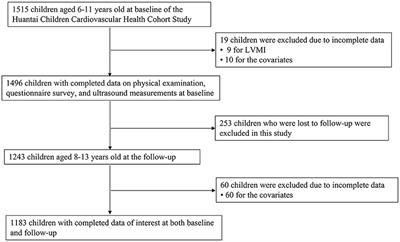REVIEW
Published on 12 Apr 2022
Fructose Intake, Hypertension and Cardiometabolic Risk Factors in Children and Adolescents: From Pathophysiology to Clinical Aspects. A Narrative Review
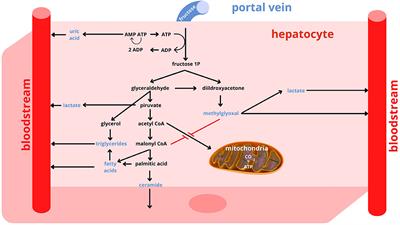
doi 10.3389/fmed.2022.792949
- 8,044 views
- 19 citations
4,925
Total downloads
19k
Total views and downloads
You will be redirected to our submission process.
REVIEW
Published on 12 Apr 2022

ORIGINAL RESEARCH
Published on 24 Feb 2022
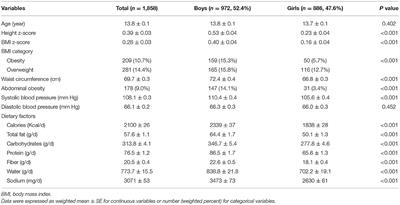
ORIGINAL RESEARCH
Published on 18 Jan 2022
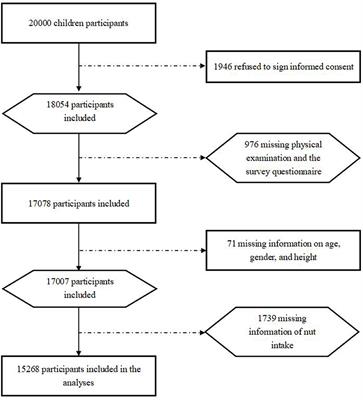
ORIGINAL RESEARCH
Published on 15 Dec 2021
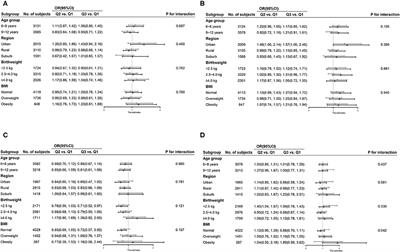
ORIGINAL RESEARCH
Published on 24 Aug 2021
